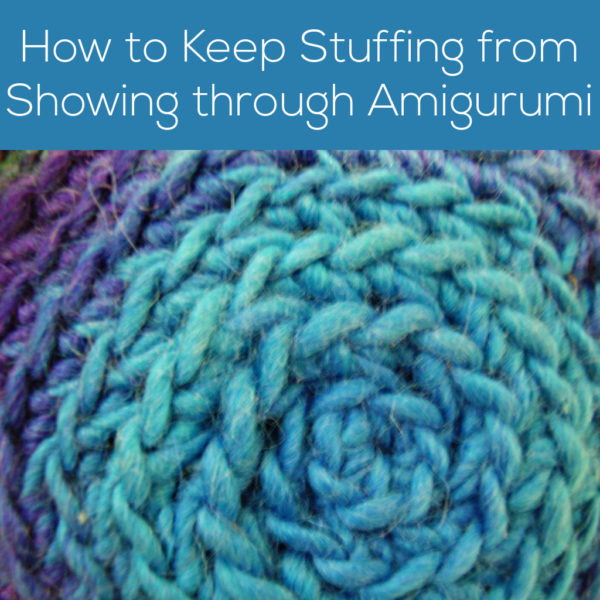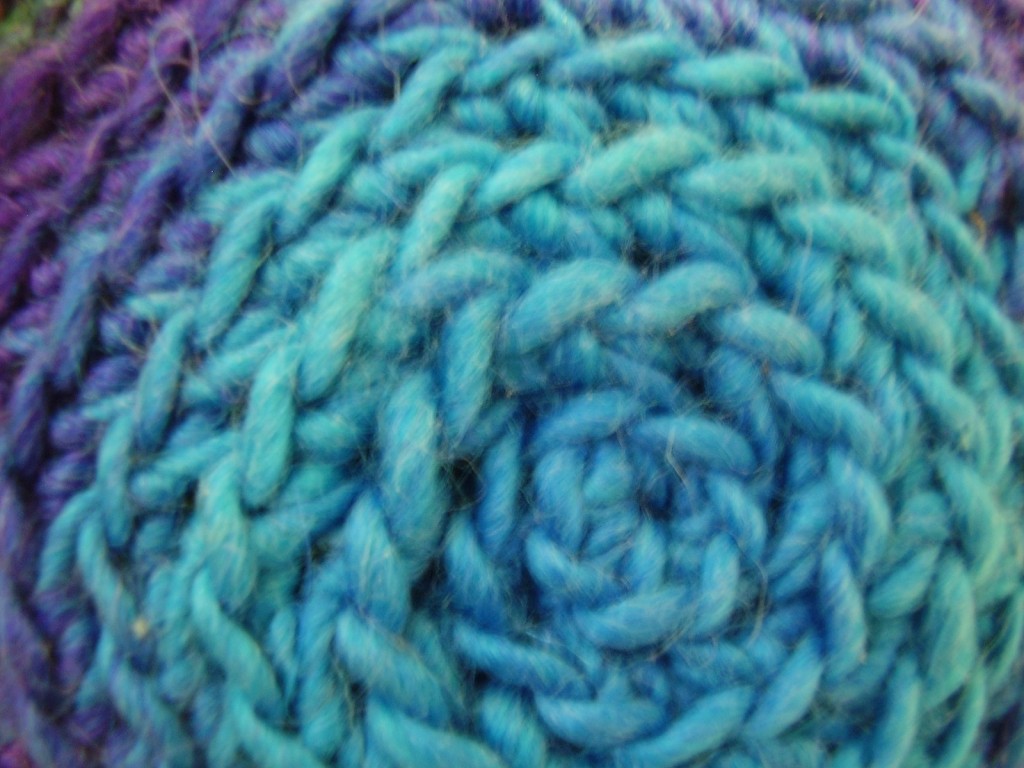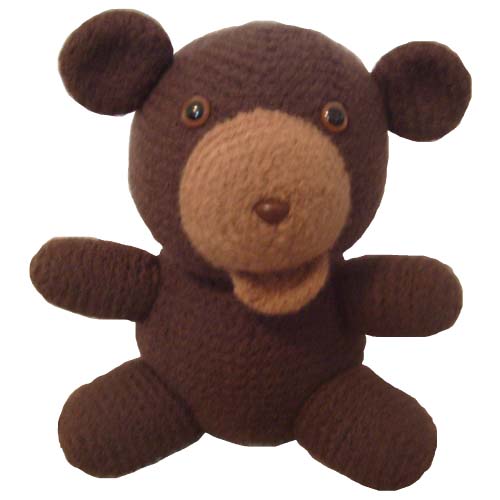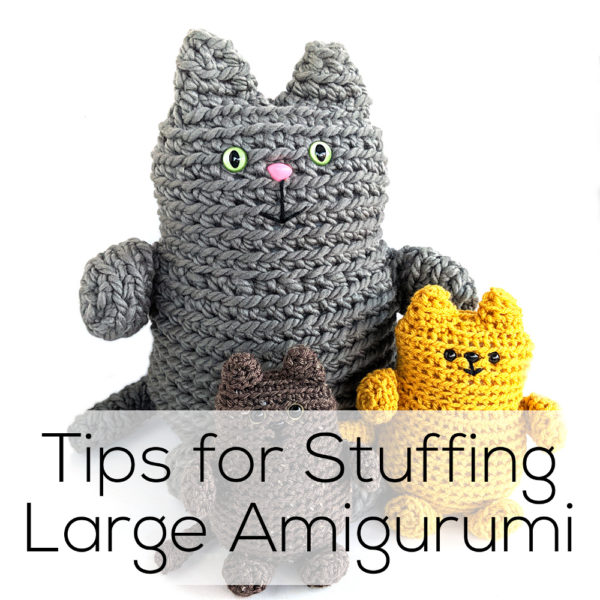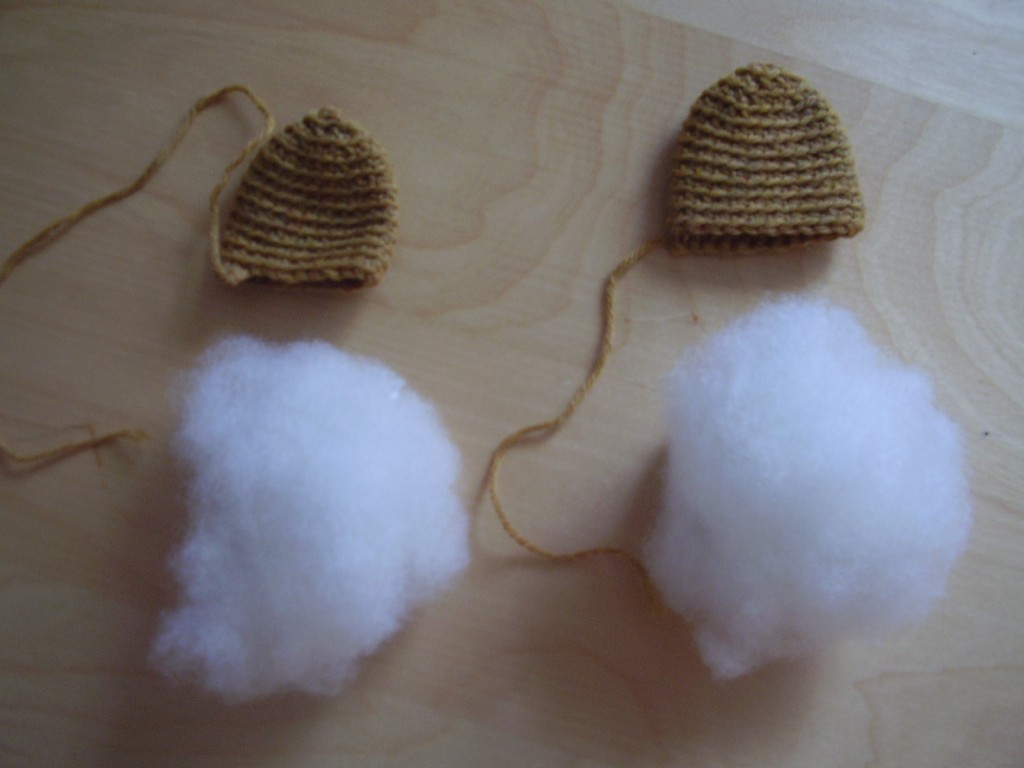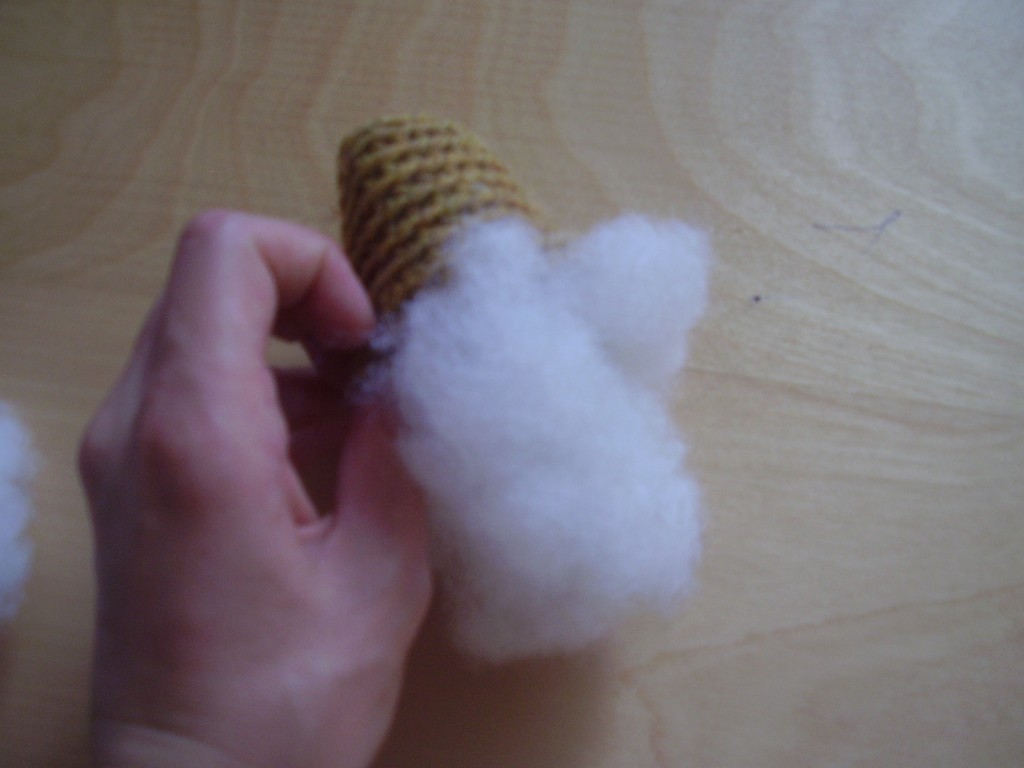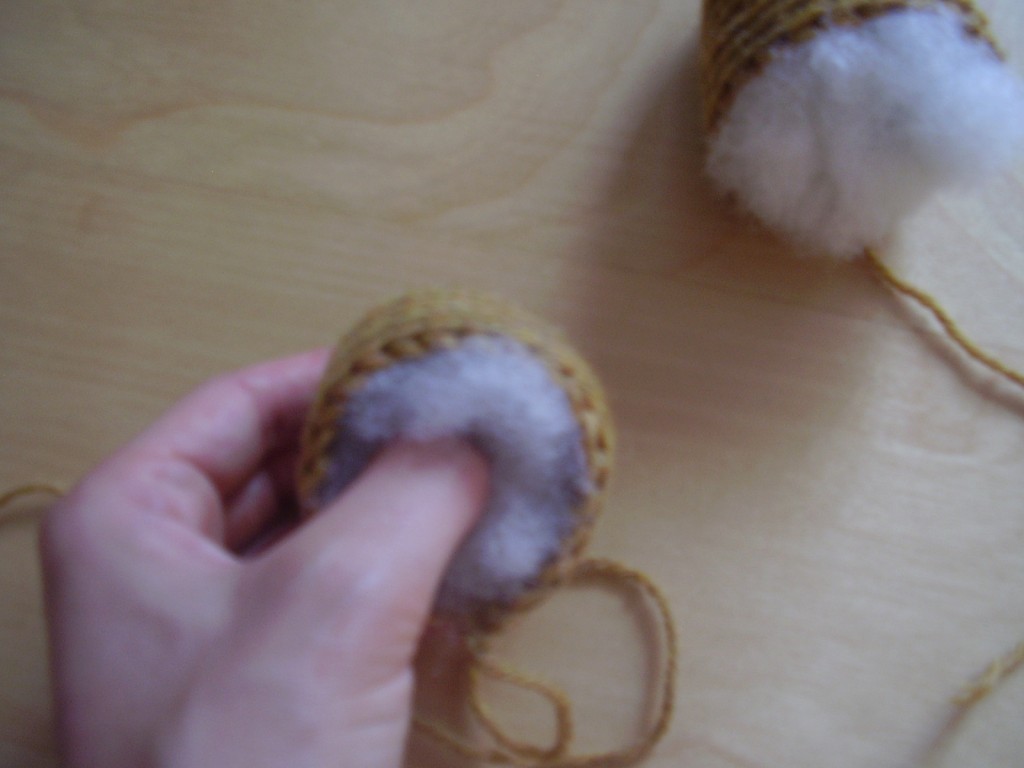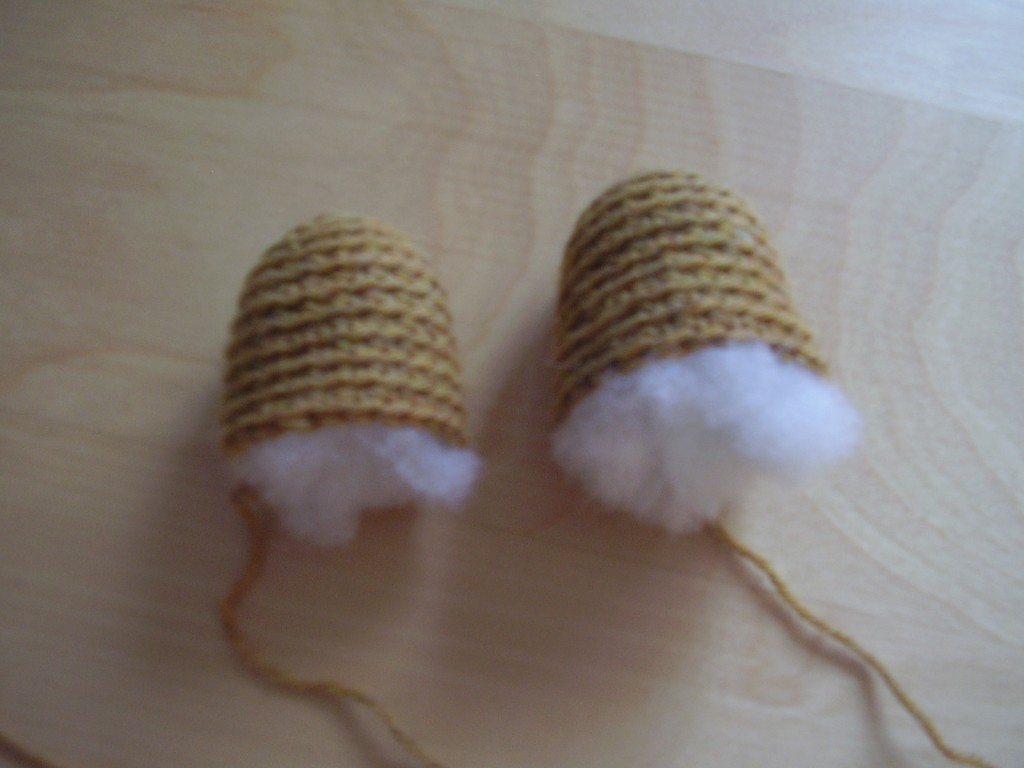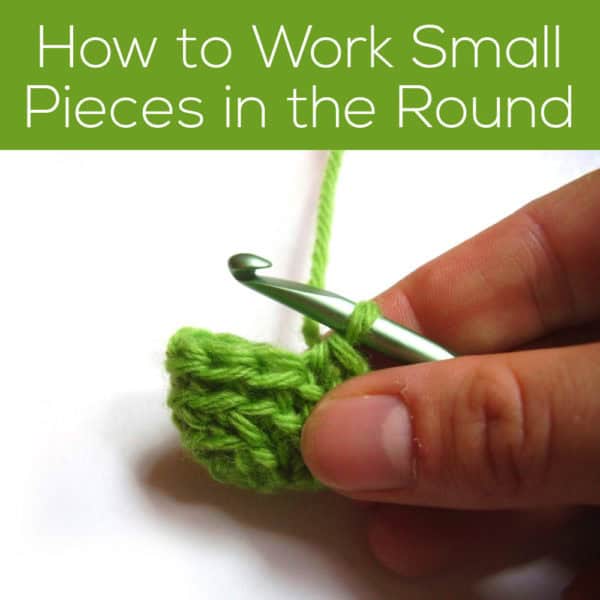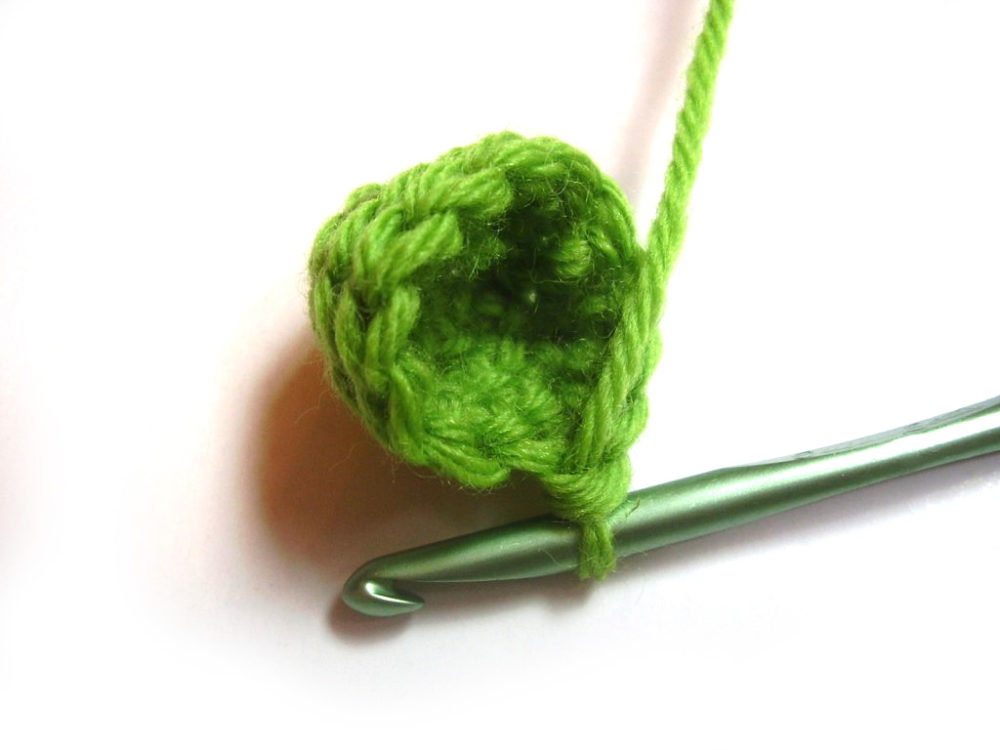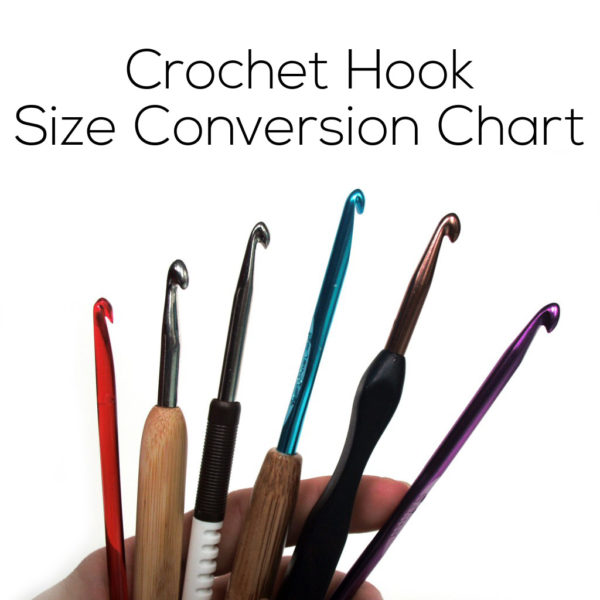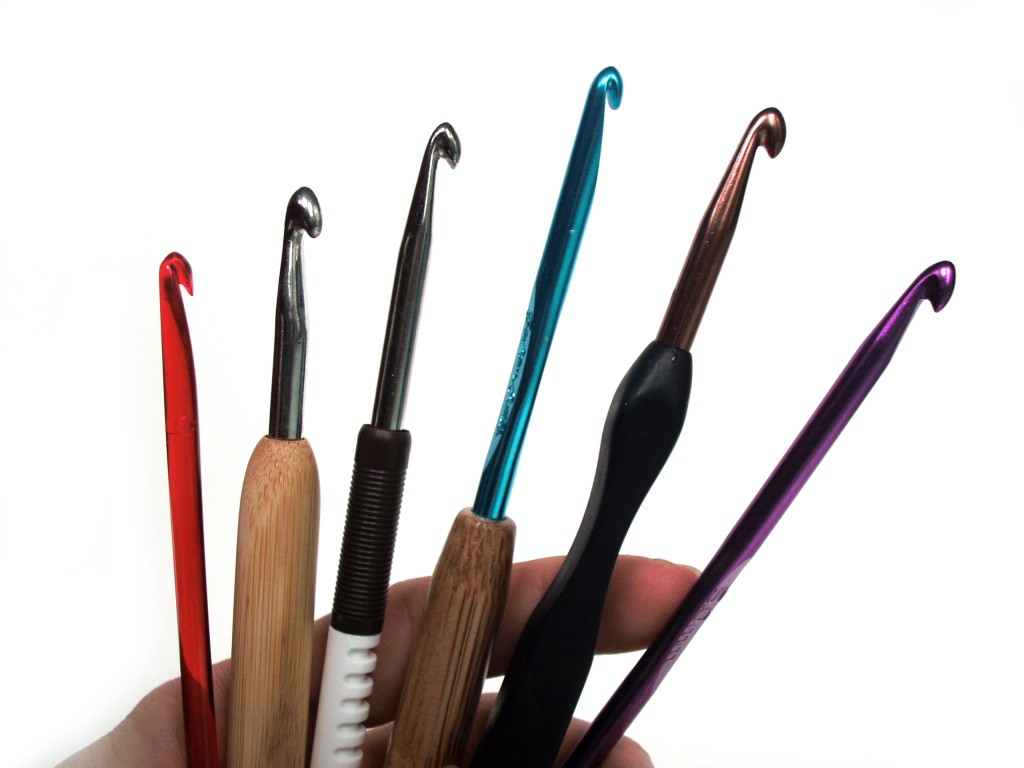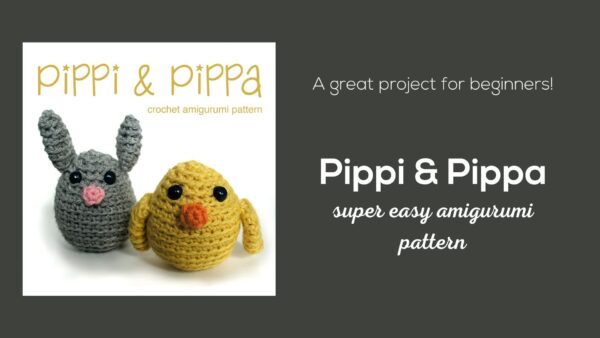Who doesn’t love crocheted washcloths? This pattern is worked in the round, so you can make the washcloth as large as you’d like without too much advance planning!
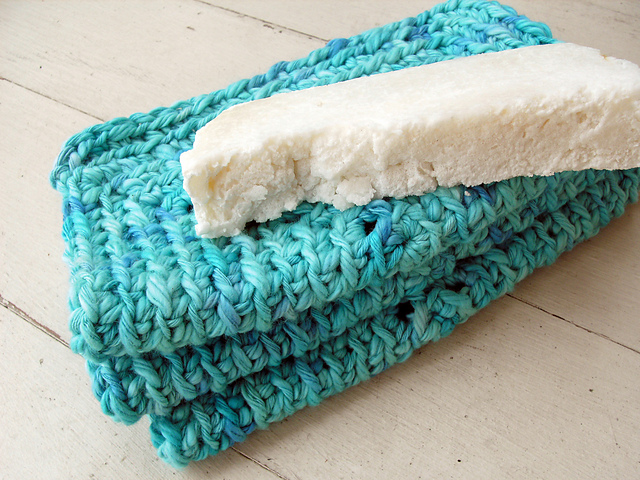 You’ll need:
You’ll need:
- yarn Cotton works best, I’ve used a worsted weight yarn to make the washcloths pictured
- a hook Use the hook size recommended on the yarn’s ball band. I use a size H for worsted weight yarn
- a stitch marker (optional) (for marking the start of the round)
Of course, you can use any size yarn that you’d like, as long as you use a crochet hook to suit. For the washcloths pictured (which are about 8″ square), about 50-60 yards was used.
The Pattern
abbreviations
sc: single crochet
st(s): stitch(es)
pattern notes
If you’d like to get the ‘ridges’ that are shown in the sample washcloths, then crochet through the back loop only. For a ‘more traditional’ look, crochet through both loops. This decision is purely stylistic, and you’ll have a great washcloth either way.
The general pattern is that you’ll sc 3 times in each corner stitch. The row-by-row pattern is written out below. For this pattern, each round will finish a stitch or two short of what you may expect. It’s done this way so that the written pattern is less complicated. Just roll with it for a round or two, and you’ll quickly discover the general pattern… and can continue on your own!
To start, ch 2
Round 1: Sc 8 times in 2nd chain from hook (8)
Round 2: * Sc 1, sc 3 in next st. Repeat from * 3 times. (16)
Round 3: Sc in next 2 sts. * Sc 3 times in next st, Sc in next 3 sts. Repeat from * 2 times. Sc 3 times in next st, sc in next st. (24)
Round 4: Sc in next 3 sts. * Sc 3 times in next st, sc in next 5 sts. Repeat from * 2 times. Sc 3 times in next st, sc in next 2 sts. (32)
Round 5: Sc in next 4 sts. * Sc 3 times in next st, sc in next 7 sts. Repeat from * 2 times. Sc 3 times in next st, sc in next 3 sts. (40)
Round 6: Sc in next 5 sts. * Sc 3 times in next st, sc in next 9 sts. Repeat from * 2 times. Sc 3 times in next st, sc in next 4 sts. (48)
Keep working this pattern until your washcloth is the size you want! The general pattern is to single crochet three times in each corner stitch… and to keep going! Easy!

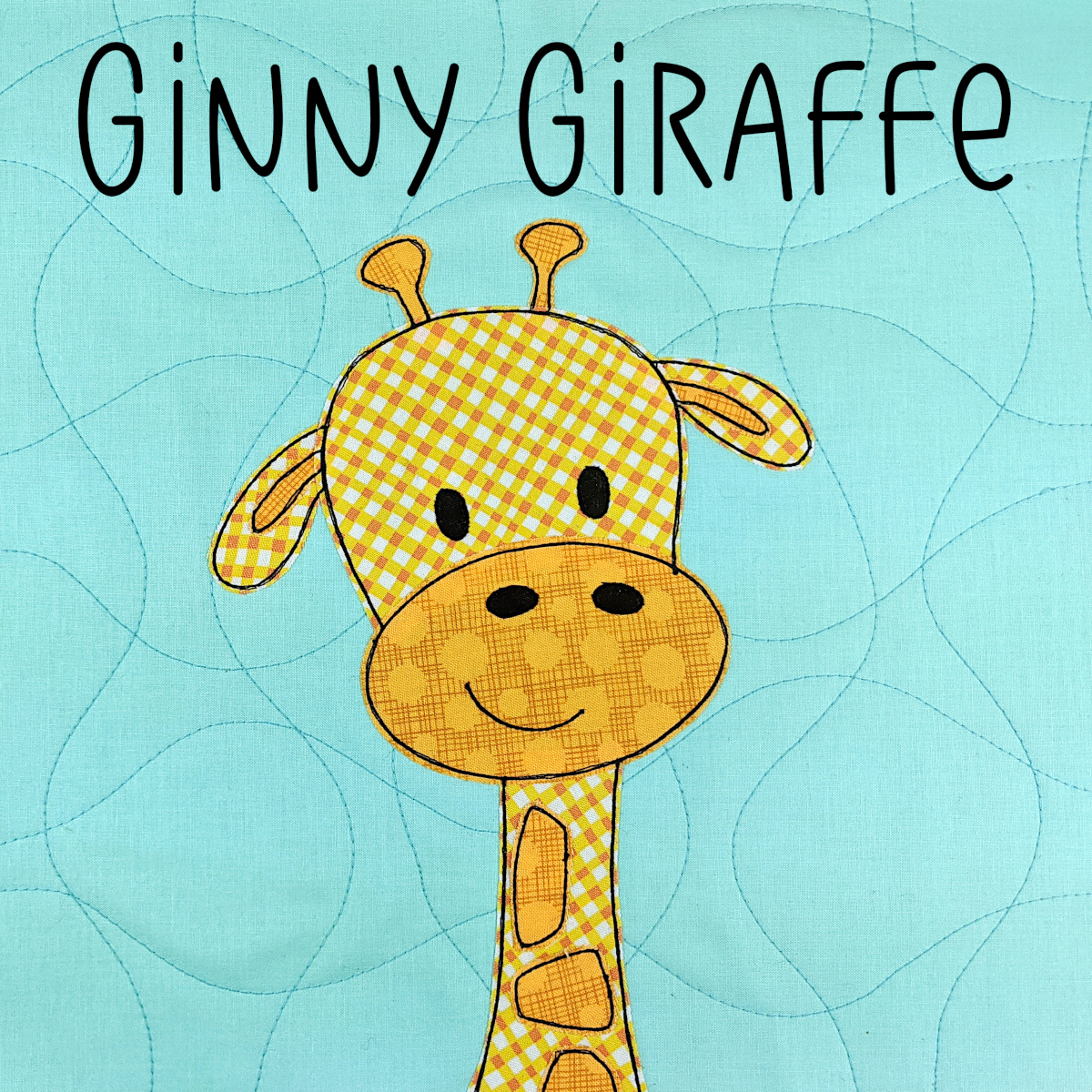
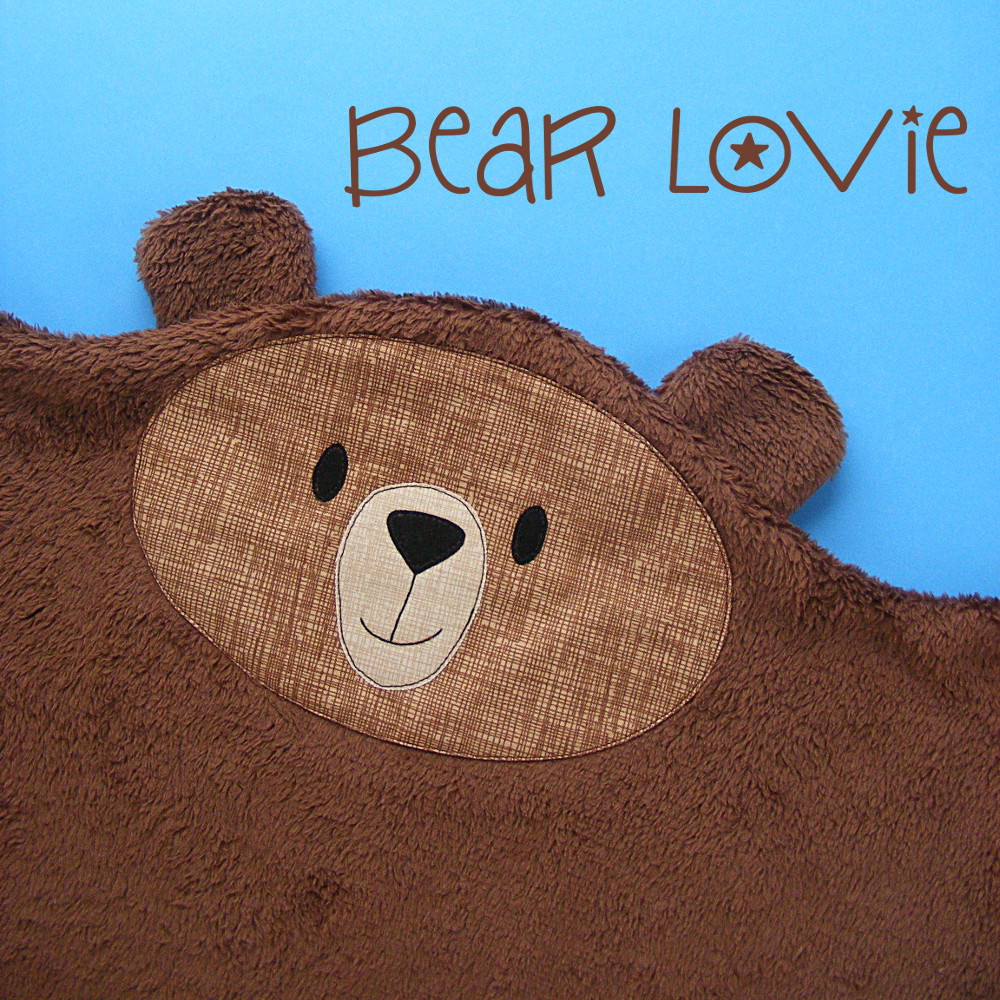
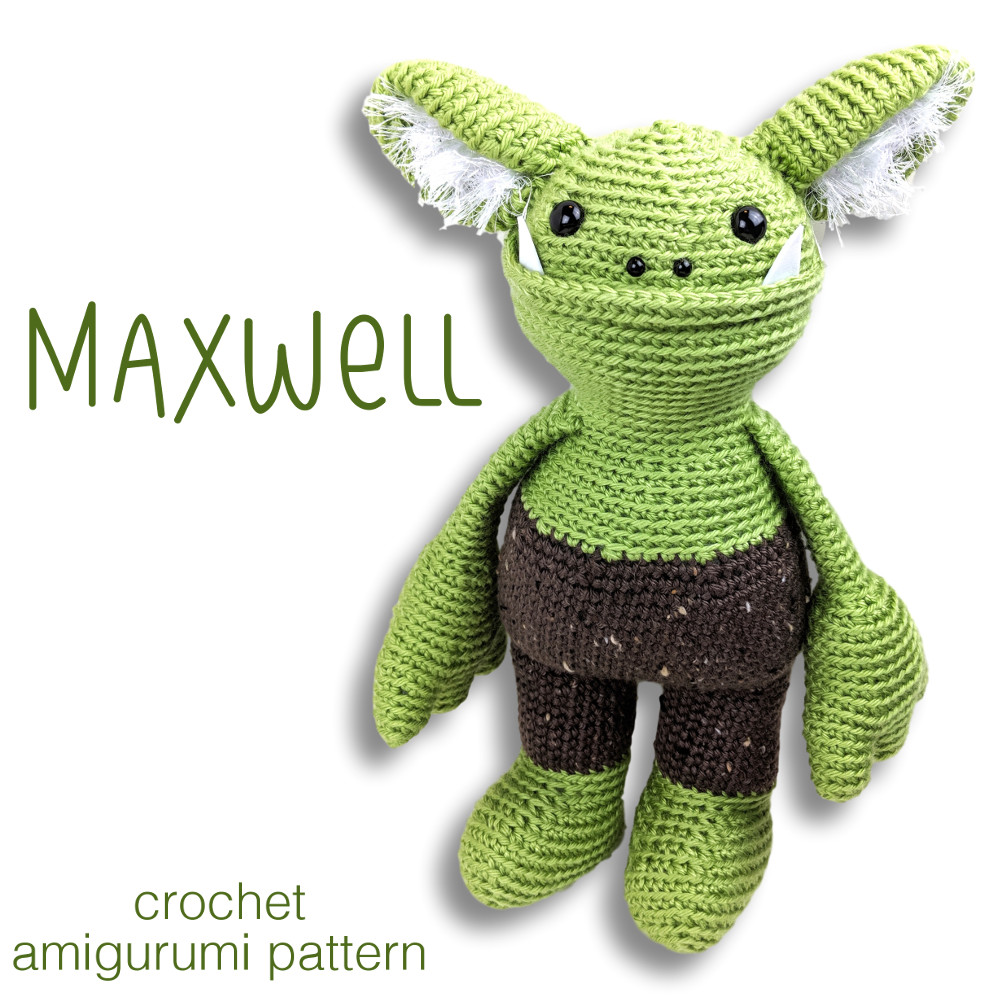
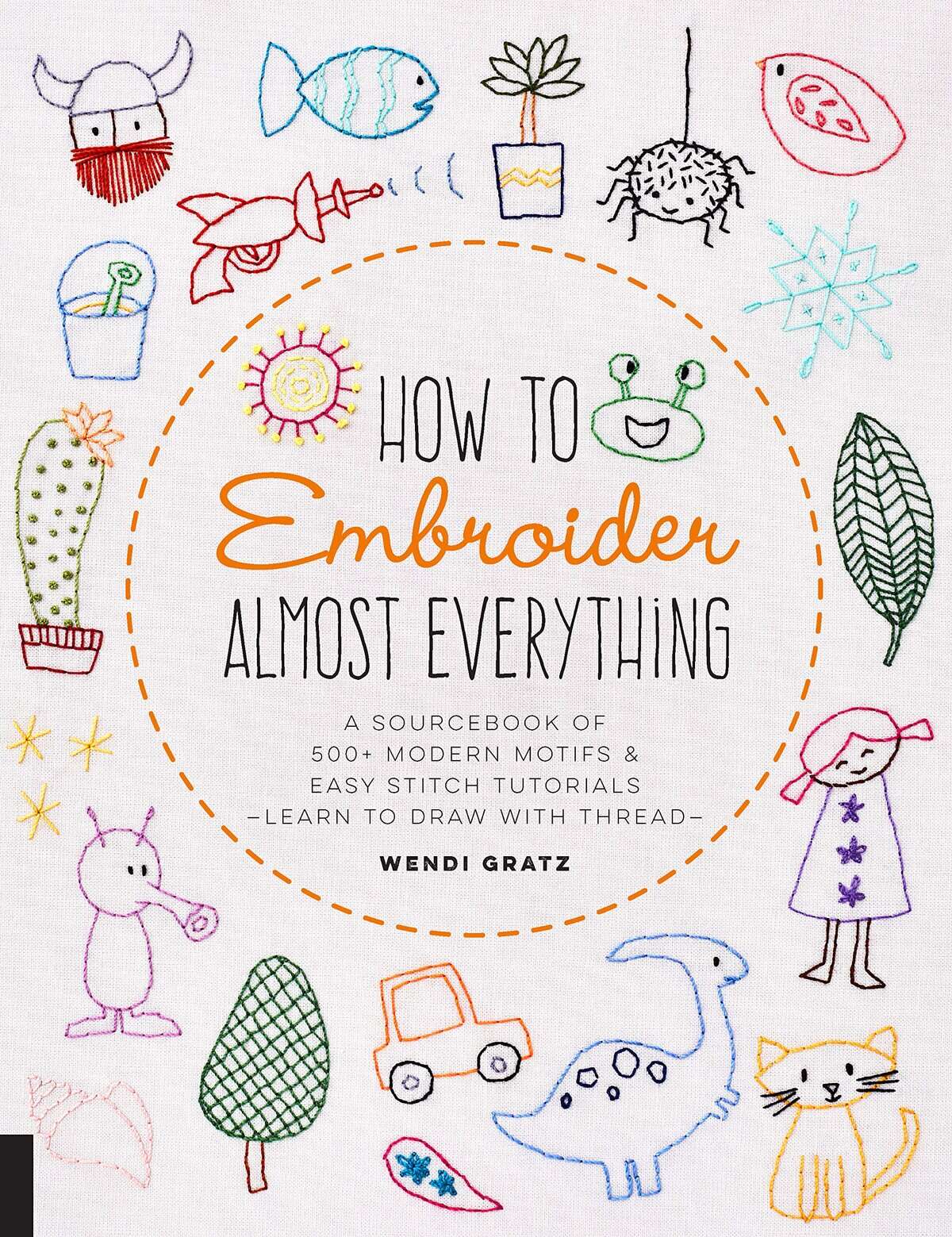

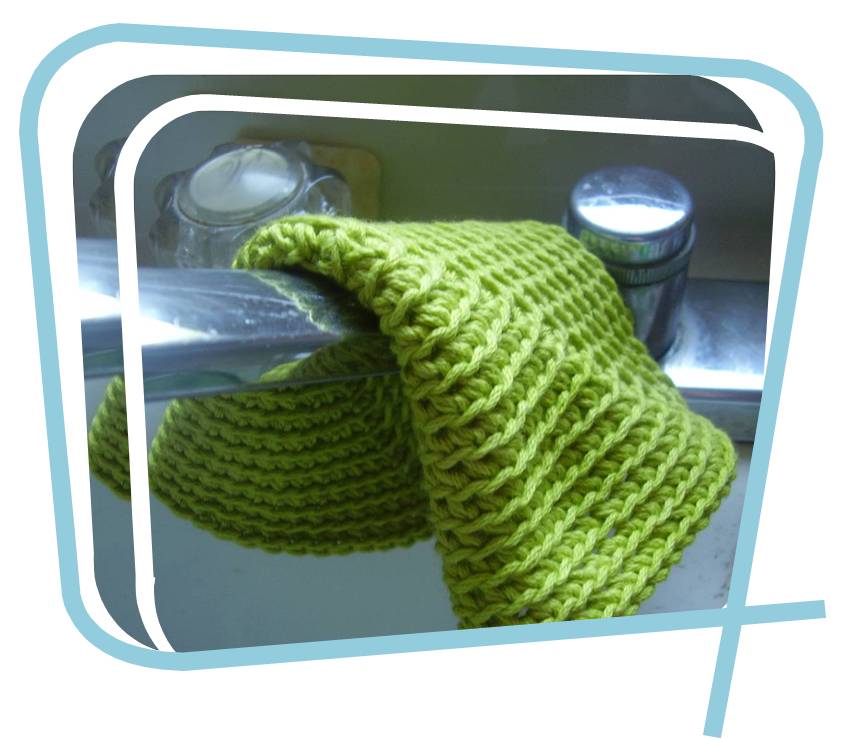 Best,
Best,

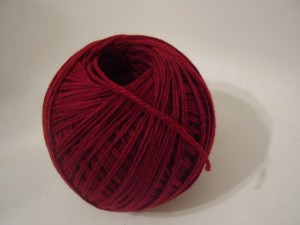
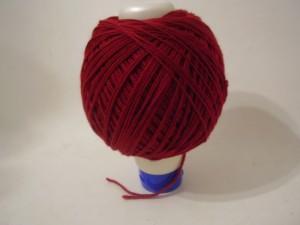
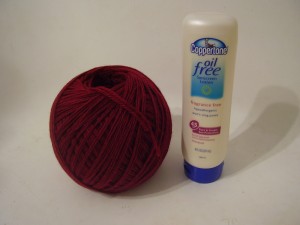

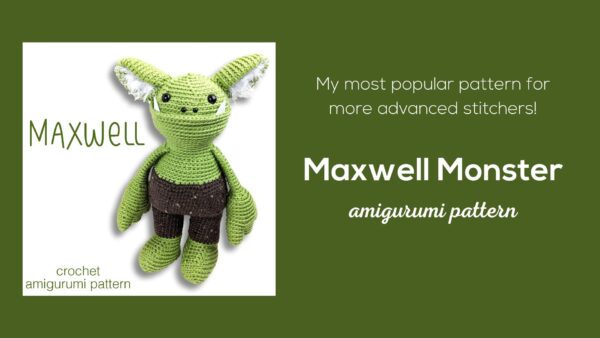
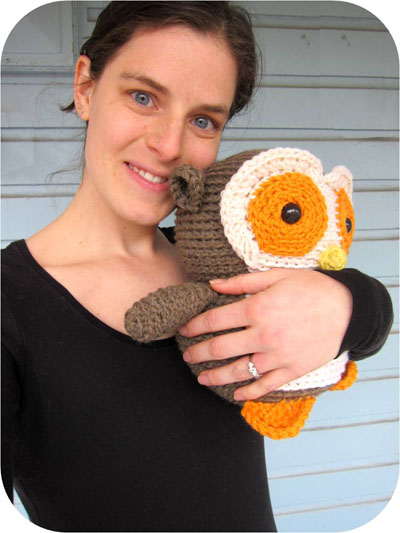
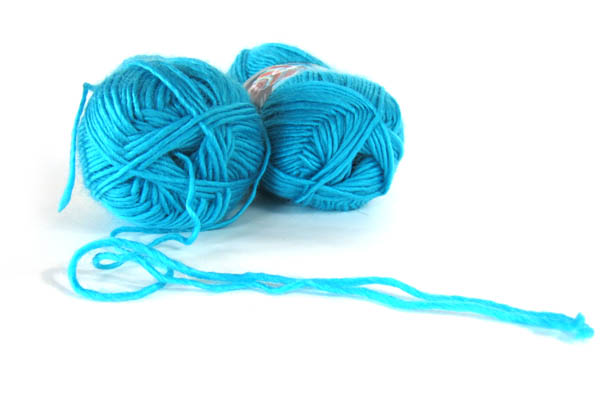
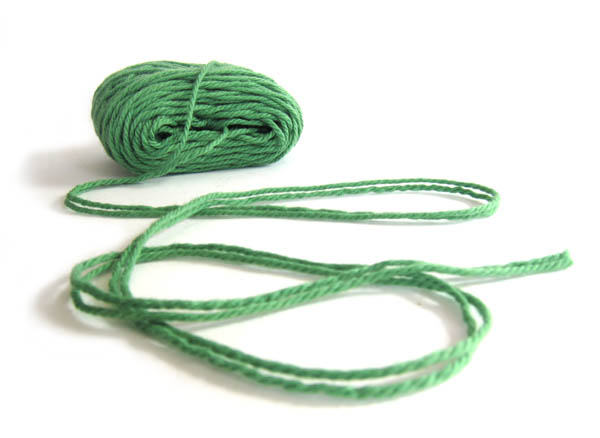
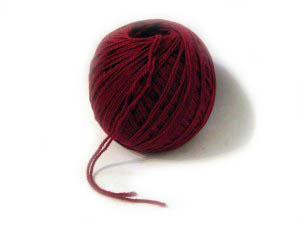
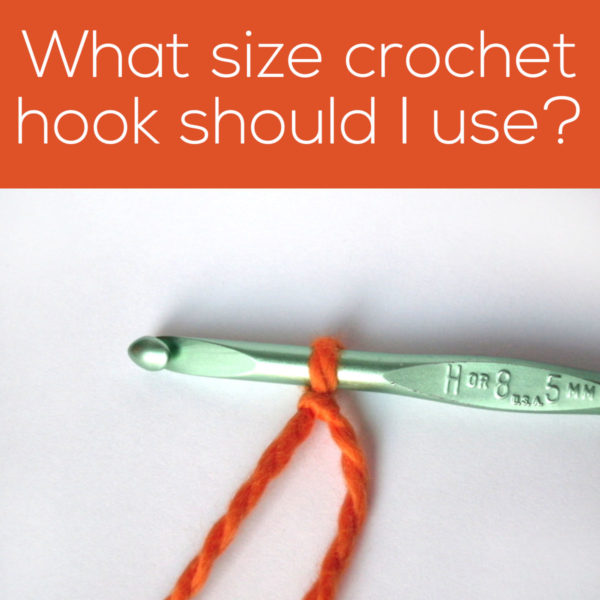
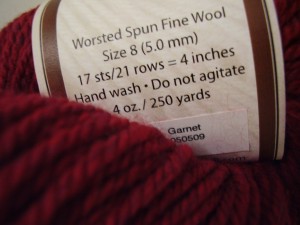 At left, I’ve taken a photo of a yarn label (from Stonehedge Fiber Mill’s Shepherd’s Wool, if you’re wondering). Most yarn labels specify the needle size that is required for knitting needles, but we crocheters can use that information, too. Notice that the label recommends a 5.0mm needle. Well, you’ll use a 5.0mm hook, too! If you want to find out what letter this number corresponds to, then look it up in a
At left, I’ve taken a photo of a yarn label (from Stonehedge Fiber Mill’s Shepherd’s Wool, if you’re wondering). Most yarn labels specify the needle size that is required for knitting needles, but we crocheters can use that information, too. Notice that the label recommends a 5.0mm needle. Well, you’ll use a 5.0mm hook, too! If you want to find out what letter this number corresponds to, then look it up in a 